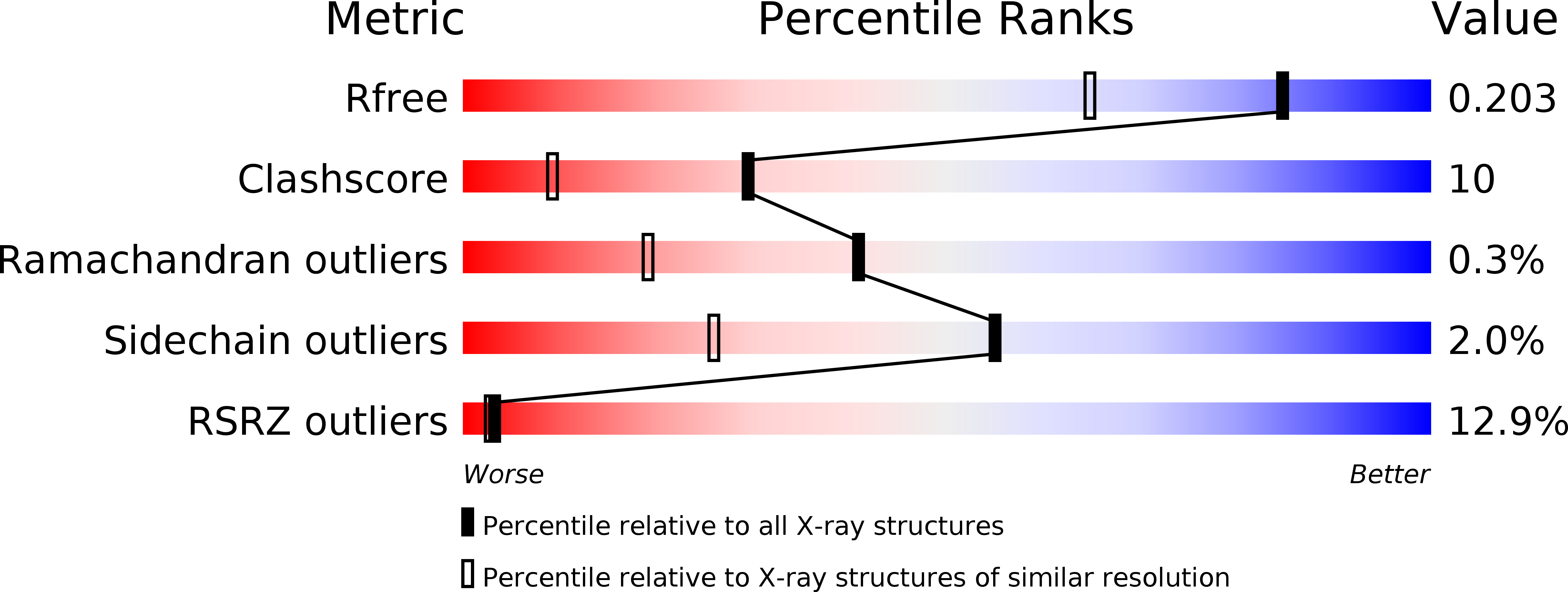
Deposition Date
2008-07-25
Release Date
2008-10-28
Last Version Date
2023-08-30
Entry Detail
PDB ID:
3DY0
Keywords:
Title:
Crystal Structure of Cleaved PCI Bound to Heparin
Biological Source:
Source Organism:
Homo sapiens (Taxon ID: 9606)
Host Organism:
Method Details:
Experimental Method:
Resolution:
1.55 Å
R-Value Free:
0.21
R-Value Work:
0.19
R-Value Observed:
0.19
Space Group:
P 1 21 1


